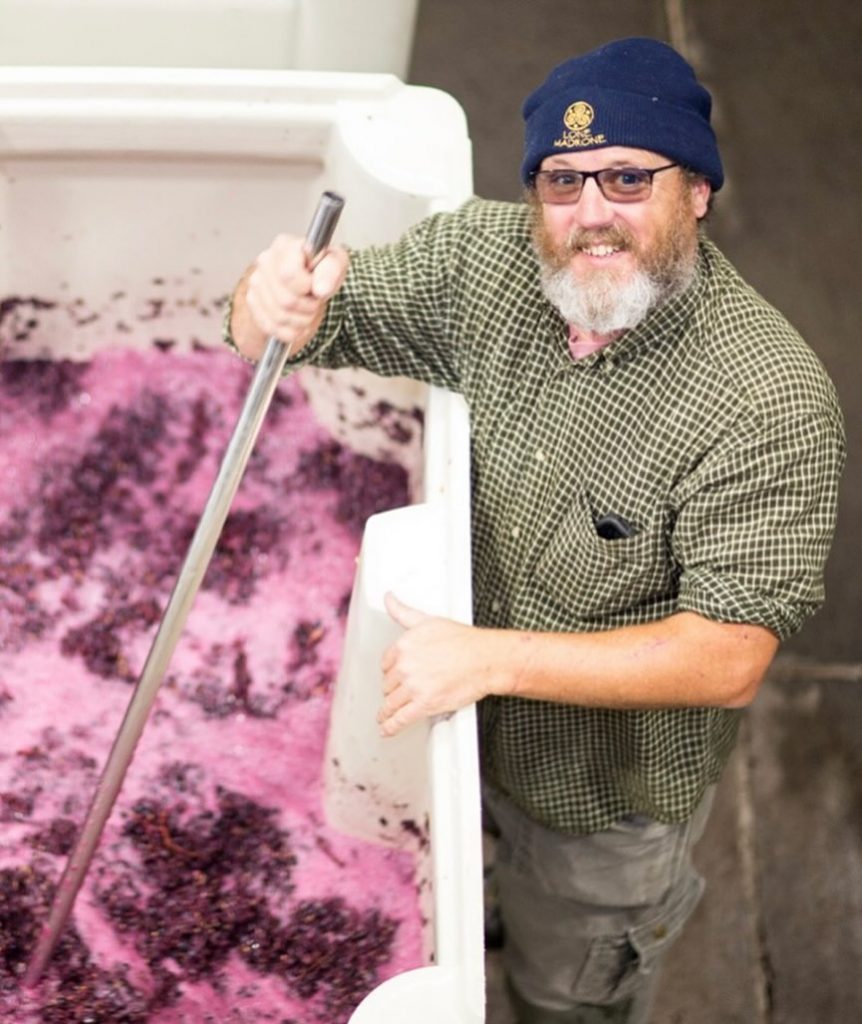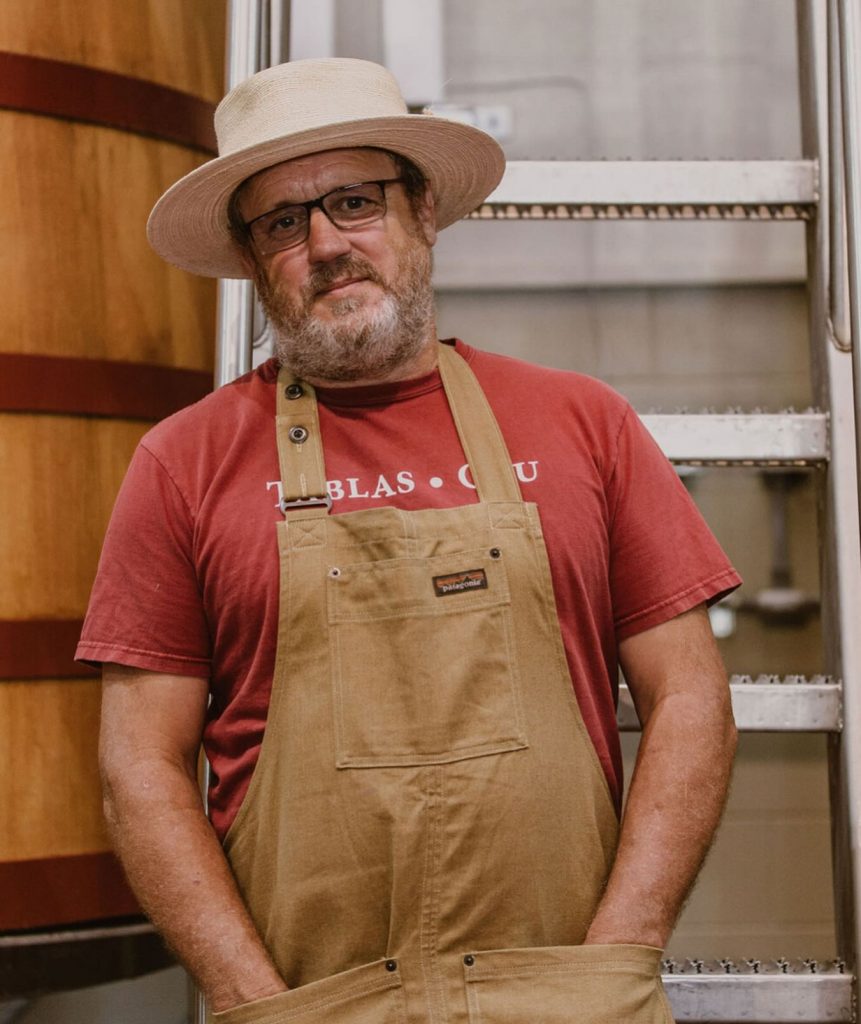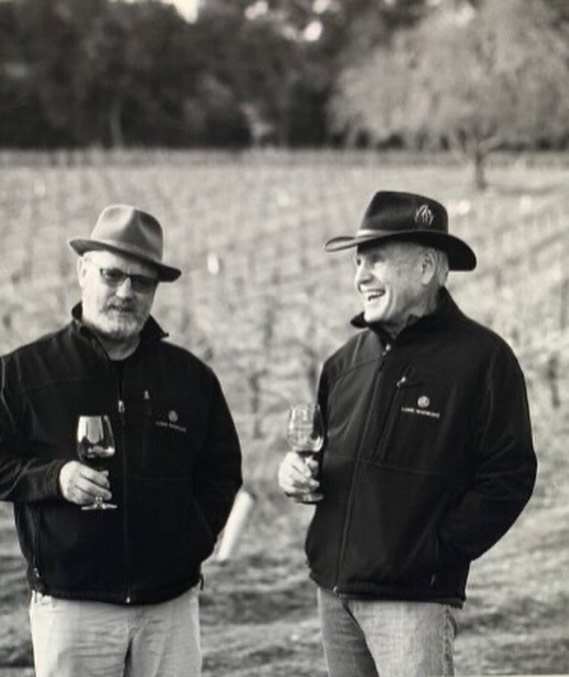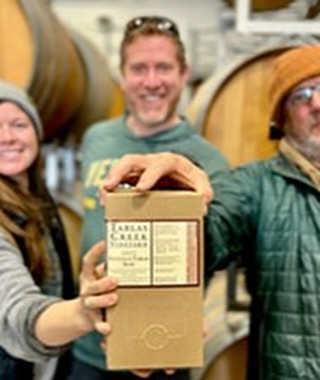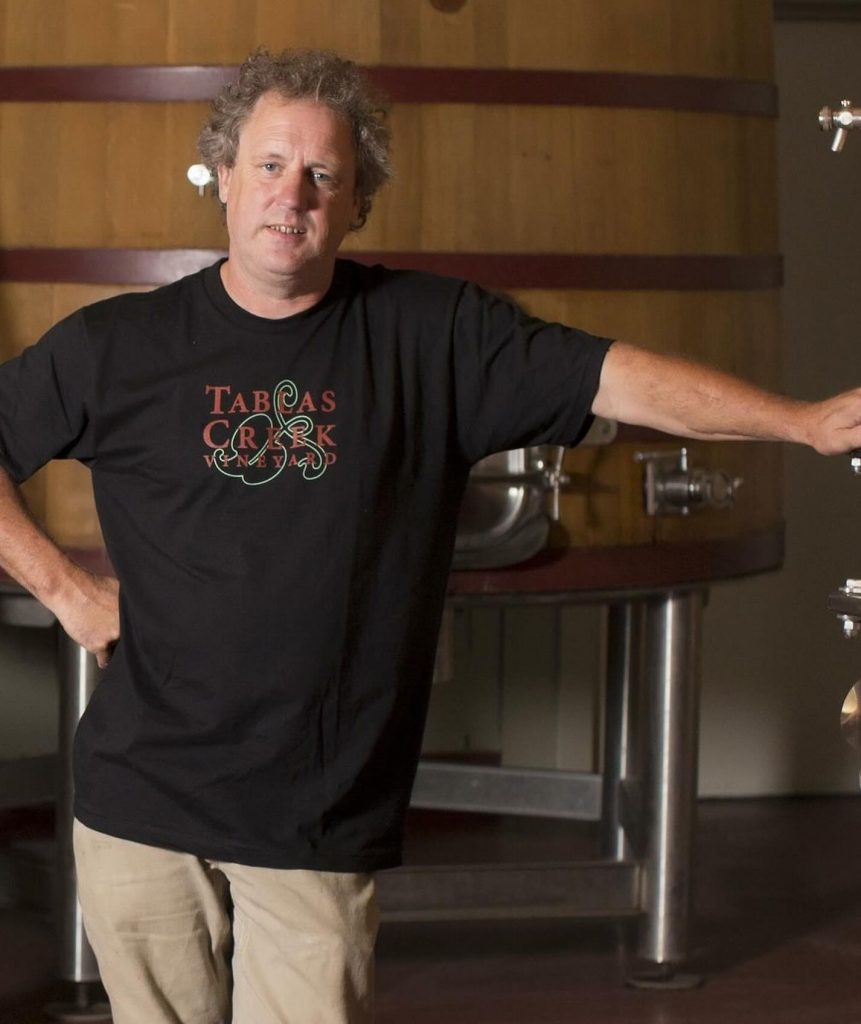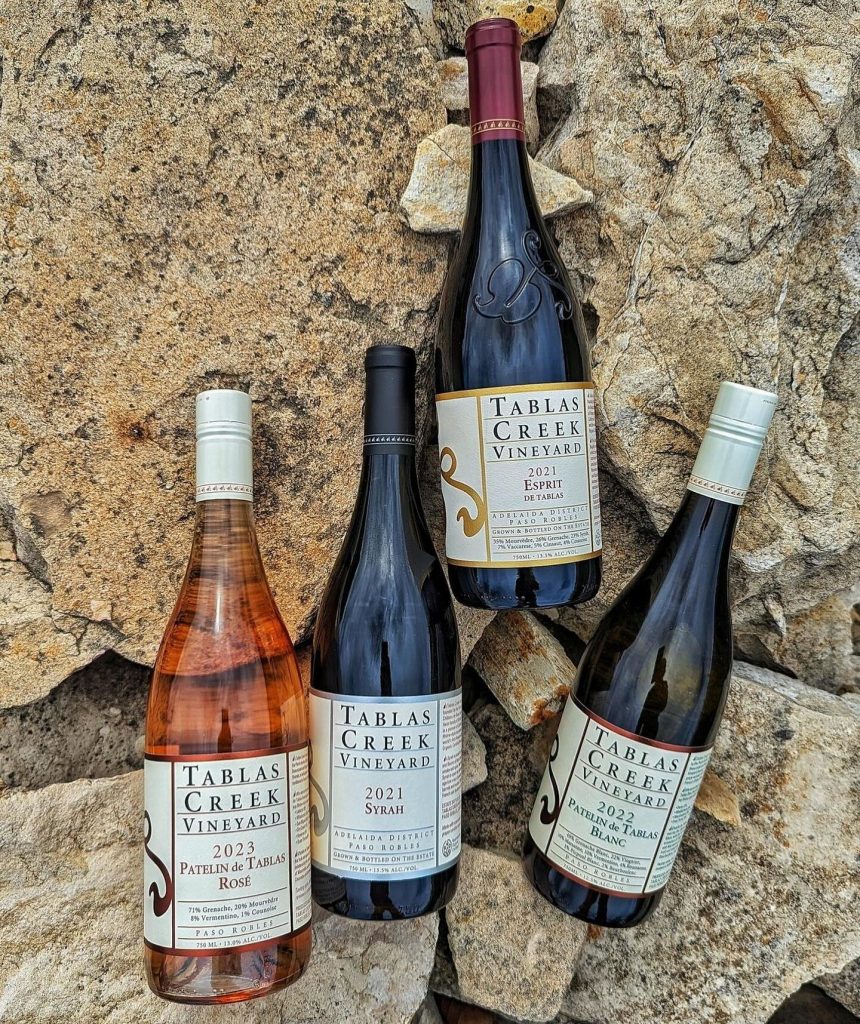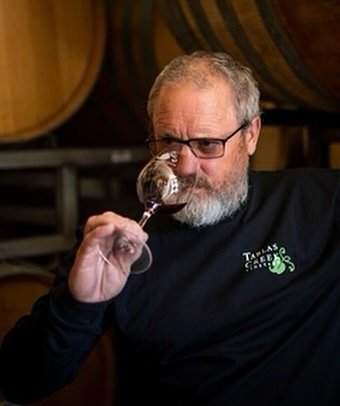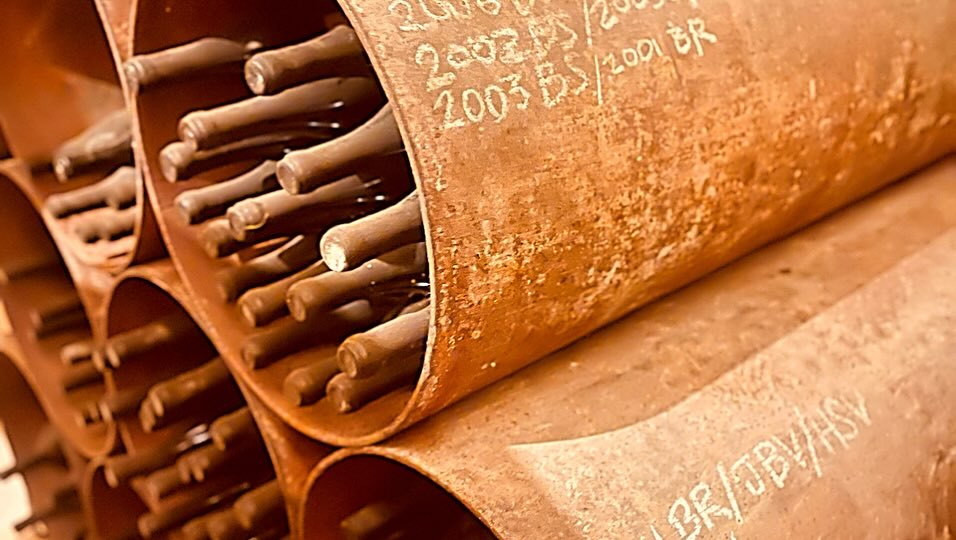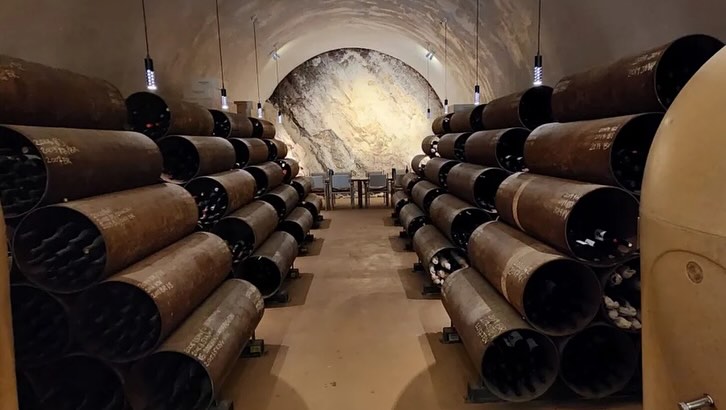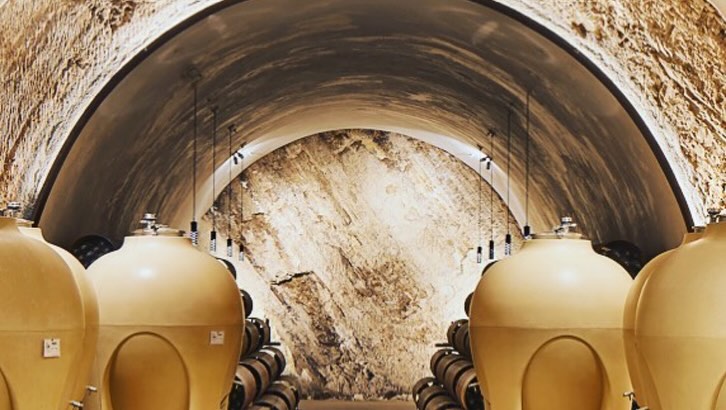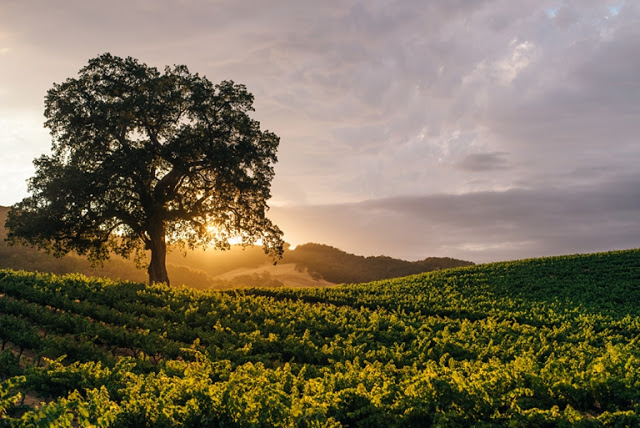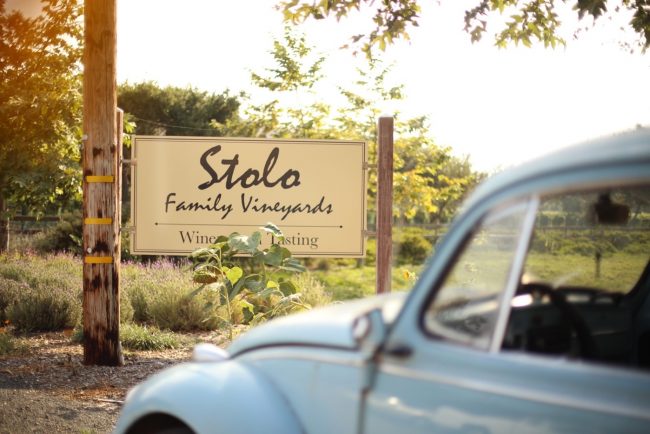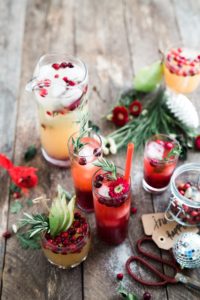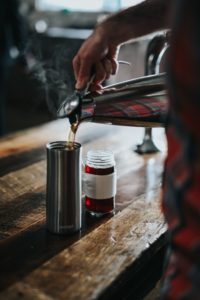Neil Collins of Tablas Creek, Paso Robles
Neil Collins, the winemaker for Tablas Creek, embarked on his journey in Bristol, England, where he cultivated his culinary skills as a chef before venturing into winemaking. His professional path led him through significant experiences, including positions with John Munch at Adelaida Cellars and Ken Volk at Wild Horse. It was at Adelaida where Neil crossed paths with luminaries like Robert Haas and the Perrins of Château de Beaucastel during their quest for Tables Creek. Captivated by the project, Neil offered his services, spending a transformative year at Château de Beaucastel.
By year’s end, Neil’s dedication earned him the winemaker position at Tablas Creek, where he has since stewarded both the organic vineyard and the winery with unwavering commitment since 1998. His winemaking philosophy is simple yet profound: great wines stem from exceptional grapes, nurtured through fermentation as naturally as possible.
Beyond Tablas Creek, Neil’s vision extends to Lone Madrone winery, a venture he shares with his sister Jackie and wife Marci. Outside the vineyards, he pays homage to his roots through Bristol’s Cider and Bristol’s Cider House, preserving the cider tradition of his southwest English upbringing.
In recognition of his contributions, Neil was honored as San Luis Obispo County Winemaker of the Year in 2013 and named Paso Robles Wine Country Wine Industry Person of the Year in 2019.
#breakawaywinetours #pasowine #visitpaso #winemaker #rhonewines #fortheloveofwine #cawine #visitslocal #winemakerwednesday
